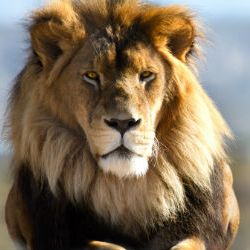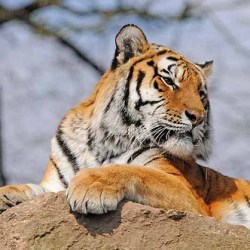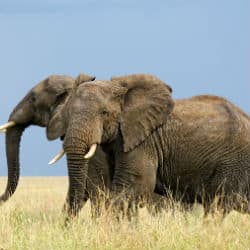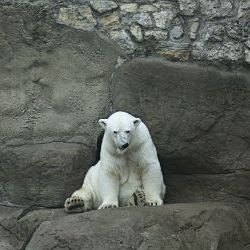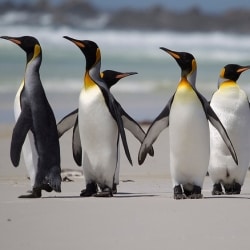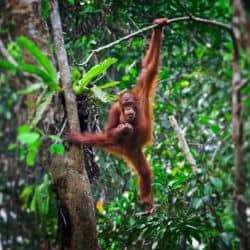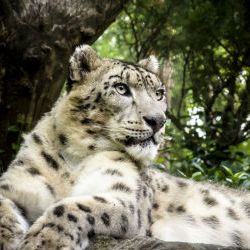News
We bring you the latest from around the World in wildlife and conservation news.
Genetic Diversity Of Lions Decreasing
Explorers and settlers have been warning for more than a hundred years about the negative impact of hunting lions and other wild animals in Africa. Now the latest research bears out these fears and has revealed the true impact of predation on lions. Lion numbers in the range studied have plunged and it would seem that their genetic fitness has also experienced a decline. The study reveals that lions killed by hunters over a century ago were more genetically diverse than today’s African lions.
Bengal Tigers In India Suffer From High Stress Levels
A New study of tigers in three Indian tiger reserves has found that they are about 20 per cent more stressed than the 200 Amur tigers roaming the Russian Far East. The team of researchers made up of both Indians and Russians measured the stress levels of the tigers by studying the metabolites present in tiger faeces. The lead researcher says that tigers undergoing prolonged periods of increased stress will see their fitness and immunity affected.
Research In To Baffling Deaths Of Australian Sea Turtles
The latest research surrounding environmental stressors caused by human activity and how it is harming coastal green sea turtle populations has been released. It is hoped the research will inform future conservation efforts. The study sought to evaluate the health of turtles, the quality of water and any other factors that may have caused the catastrophic mass death of Australian green turtles. The researchers say they found evidence of heavy metals with cobalt in particular present in sea turtle populations.
Elephant Tusks Never Grow Back
The tusk and horn of the elephant and rhino make them iconic and is unfortunately the same reason both species are endangered. Both poachers and hunters look to target the rhino because many people incorrectly believe their horns have healing powers. Elephants are targeted for their ivory which is seen as a status symbol and even a financial investment in Asia. There is a however a question that many people ask, do tusks and horns ever grow back?
The Growing Conflict Between Humans And Polar Bears In Arctic
Recently a Russian village went on lockdown after being terrorised by roaming polar bears and that may well be just the beginning as Moscow allows greater activity to take place in an Arctic that is growing warmer. It is highly likely that human conflict with polar bears is only going to increase. Earlier in the year 50 polar bears invaded the Russian settlement called Belyushya Guba which is on the Novaya Zemla archipelago in the far North.
Rare Black Emperor Penguin Captured On Film
BBC filmmakers who were in Antarctica shooting the wildlife series Dynasties were in for a surprise. The crew were in the middle of a colony of penguins when they came across one member of the flock that stood out. An all-black penguin was mixed in with the crowd and the BBC says that it was probably the first-time footage of an all-black emperor penguin has ever been captured. The reason for the all-black colour is a genetic mutation known as melanism.
Experts Worried That Orangutans Could Be Extinct Within Ten Years
Some experts think that orangutans could face extinction within the next decade whilst others believe that this could occur within several. Regardless of when the breaking point occurs, the reasons are the same. Habitat loss is perhaps the greatest threat. WWF has classified orangutans as a ‘critically endangered’ species with the total population of all three species at around 122,000 in the wild.
India Develops Unique Solution For Snow Leopard Conservation
A new study suggests that a much better strategy to ensure the protection of snow leopards is to involve local communities and protect their livelihoods. Snow leopards are the alpine ecosystem’s apex predators. This means conserving the species is critical for all other species in the ecosystem such as Asiatic Ibex and Musk Deer. Unfortunately, the population of snow leopards is declining as the number of prey population falls, poachers hunt the species for their skin and locals engage in revenge killings in retaliation for loss of livestock.
